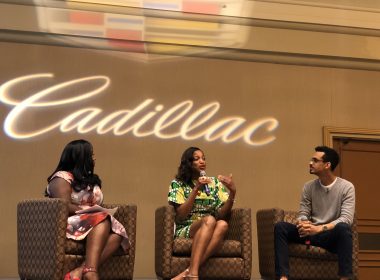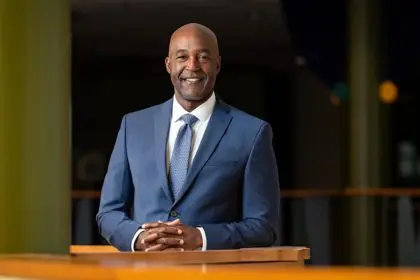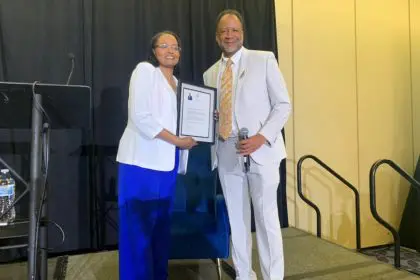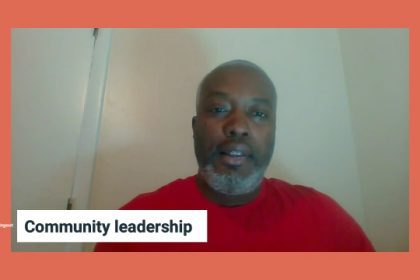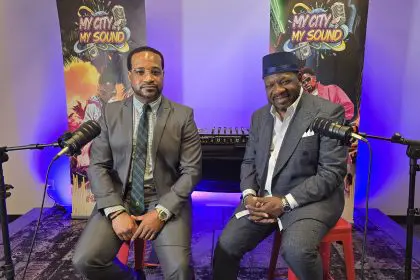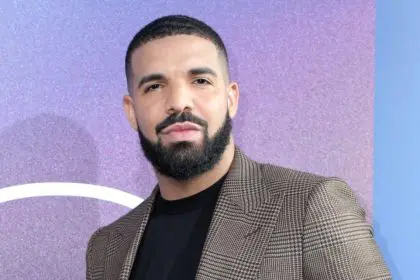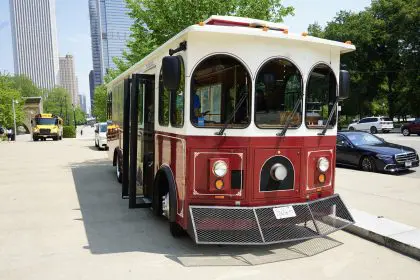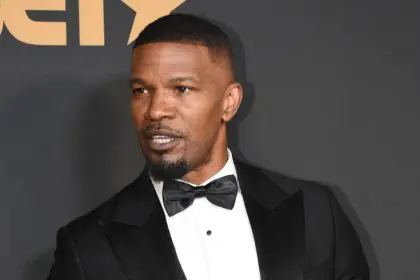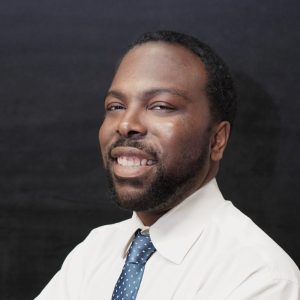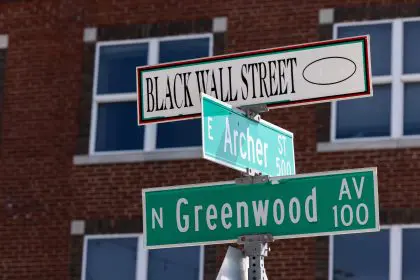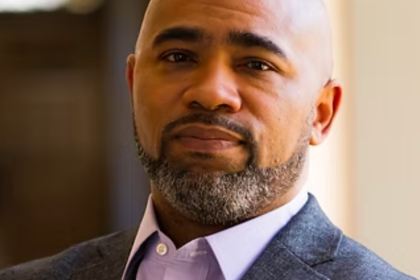The United Way of Greater Atlanta hosted its seventh annual African-American Partnership Leadership Luncheon on March 4. AAP powers the potential of African American boys and young men in the metro area through partnerships that encourage educational achievement. This year’s special guests included celebrated actor, entrepreneur and philanthropist Larenz Tate, and his fellow entertainment industry leaders and brothers, Lahmard and Larron Tate.
The Tate brothers spoke with rolling out about their connection with United Way of Greater Atlanta, and the power of brotherhood and family.
How do you guys stay united as brothers when working together?
Larenz: We can’t do it alone, and we don’t want to do it alone. Our parents have always encouraged us to stick together, and we’re stronger because of it. There’s so much more that we can do. As an actor, I can do what I do. Lahmard is an actor, but Larron is a creative and also a businessman. We can do so much more together, and team effort is really important. We say teamwork makes the dream work.
Larron: United we stand, divided we fall. We choose to stay united, and we’re individuals, but when we come together as a united collective, we’re much stronger and much more powerful.
What is the role of art in agitating for societal change?
Larenz: We use our art as much as we possibly can to make a change. I think that we have access to platforms that others may not have. So when we’re able to use our platform through art. it’s really important. The narrative for the Black community and the Black family has to be uplifted, rebuilt, and be seen as quality and value. For us, the work that we’re doing is not always popular in the Hollywood industry because our stories are sometimes specific to the Black community, but what we’re doing is human work and service to the community. We want to tell those human stories. So anytime we can partner with those who see the vision, it’s really important to us.
Lahmard: We had a show that we filmed in Atlanta called Back to the Goode Life, and … [it] was [about] a man, but we joined forces with a young woman to assist in that project. From that, we saw that it was best to let it be a story with a woman being the leader, and then we took it further. We had taken on the production side, we had a female director, and we had producers that we teamed up with that were women. We wanted to incorporate and understand that it’s not just us, everyone has a story, and everyone has a space. We chose to team up with a lot of women and we had a successful project.

